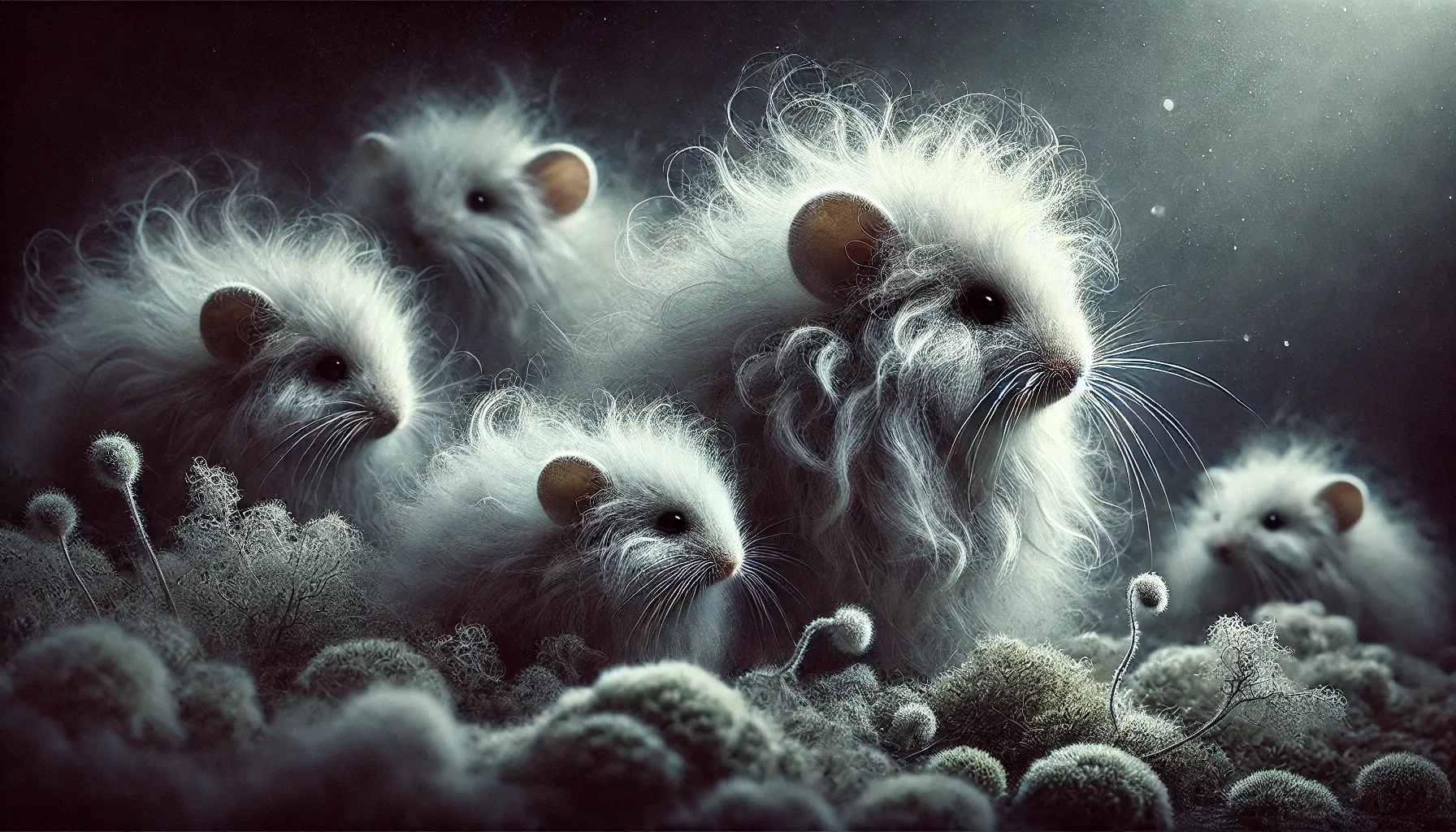UPSC
The Hindu Briefs
Woolly Mice and De-extinction: Limits and Lessons
Last Updated
25th March, 2025
Date Published
25th March, 2025
Share This Post With Someone

Context:
This analysis examines the recent creation of "woolly mice" by Colossal Biosciences, a U.S. biotech firm aiming to "de-extinct" the woolly mammoth. The piece critiques the scientific and ethical implications of this effort, providing insights into genetic engineering and conservation challenges as of March 25, 2025.
- Woolly Mice Creation: Colossal Biosciences engineered lab mice with genetic modifications for a woolly coat, claiming it as a step toward reviving the woolly mammoth, extinct for 4,000 years.
- Genetic Modifications: Seven genes were edited—six linked to hair traits (color, texture, thickness) and one (FABP2) from mammoth DNA tied to fat metabolism, though no body mass change was observed.
- Scientific Feat: The successful editing showcases advances in gene function understanding, developmental biology, and genome editing, but it’s far from recreating a mammoth.
- Mammoth Challenges: Recreating a mammoth requires more than a woolly coat; it needs a full suite of genetic, epigenetic, and behavioral traits suited to Ice Age conditions, which are poorly understood.
- Conservation Critique: Critics argue that de-extinction diverts resources from protecting living species, with 35-50% of Earth’s species potentially extinct by 2050 due to climate change.
- Asian Elephant Link: Mammoths share a close genome with Asian elephants, making modification feasible, but scaling from mice to elephants poses significant technical hurdles.
- Ethical Questions: The article raises whether de-extinction is for conservation or entertainment, and if a revived mammoth could thrive in today’s altered ecosystems.
- Limited Impact: Woolly mice offer a platform for testing gene edits, but they don’t address the broader biological or ecological complexities of de-extinction or species preservation.
Key Terms:
- De-extinction: Process of reviving extinct species through genetic engineering.
- Woolly Mice: Genetically modified lab mice with mammoth-like hair traits.
- FABP2 Gene: Mammoth gene linked to fat metabolism, edited into mice.
- Genome Editing: Altering an organism’s DNA to express specific traits.
- Epigenetic Traits: Non-DNA factors influencing gene expression and adaptation.
- Asian Elephant: Closest living relative to the woolly mammoth, a potential base for de-extinction.
- Conservation: Efforts to protect and sustain existing endangered species.
Link To The Original Article – https://www.thehindu.com/sci-tech/science/why-woolly-mice-wont-bring-back-mammoths-or-save-endangered-species/article69320750.ece